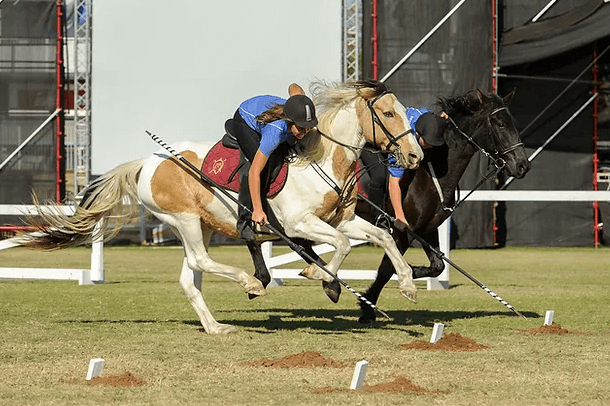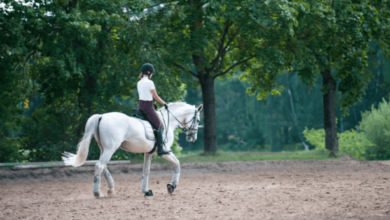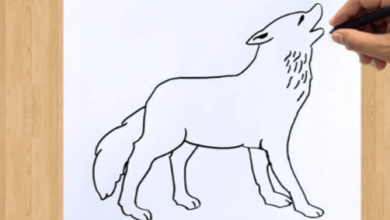What is the history of tent pegging?

Tent pegging is a thrilling equestrian sport with a rich history that spans centuries, intertwining with the cultural and military traditions of numerous countries across Asia, the Middle East, and beyond. This sport, known for its display of horsemanship, skill, and precision, involves mounted horsemen wielding lances or swords to strike, pick up, and carry away small ground targets, such as tent pegs, from the backs of galloping horses. Let’s delve into the fascinating history of tent pegging, tracing its origins, evolution, and current status as a recognized equestrian discipline.
Origins and Historical Significance
The exact origins of tent pegging are somewhat murky, with various theories suggesting roots in ancient cavalry tactics and training exercises. Some historians believe that tent pegging originated in India, where it was developed as a military exercise for cavalry troops. The skill of precisely targeting and removing small objects from the ground at high speeds was seen as essential for mounted soldiers, especially in scenarios where disrupting enemy encampments by removing tent pegs could cause chaos and disarray.
Others suggest that the sport has Persian roots, where it was practiced as part of the training for elite cavalry units. These exercises were designed to improve the accuracy, timing, and coordination of horse and rider, skills that were crucial on the battlefield.
Spread and Evolution
From its origins in the East, tent pegging spread across the Middle East, Central Asia, and into the European continent, often carried by the armies and traders who traveled along the Silk Road. Each region adapted the sport to its own cultural and military traditions, leading to a variety of styles and techniques.
The British Empire played a significant role in the globalization of tent pegging, as British cavalry officers stationed in colonial India took an interest in the sport and introduced it to other parts of the empire. By the 19th and early 20th centuries, tent pegging had become a popular pastime among military personnel and civilians alike in countries such as Australia, Canada, and South Africa.
Modern Tent Pegging
Today, tent pegging is recognized as an equestrian sport with a standardized set of rules and competitions held worldwide. The International Equestrian Federation (FEI) has granted it official status, and the International Tent Pegging Federation oversees international competitions, including world championships.
Tent pegging competitions today involve a series of events that test speed, accuracy, and horsemanship. These events include individual and team lance, sword, and revolver competitions, where riders aim to hit and carry away targets at a gallop. The sport continues to thrive in countries with strong equestrian traditions, such as India, Pakistan, Oman, and South Africa, among others.
Conclusion
The history of tent pegging is a testament to the enduring relationship between humans and horses, reflecting the evolution of cavalry skills from the battlefield to a competitive sport. Its rich heritage, spanning continents and cultures, highlights the universal appeal of equestrian sports and the timeless pursuit of excellence in horsemanship. As tent pegging continues to grow in popularity, it serves as a vibrant link to the past and a dynamic sport that challenges modern equestrians around the world.







